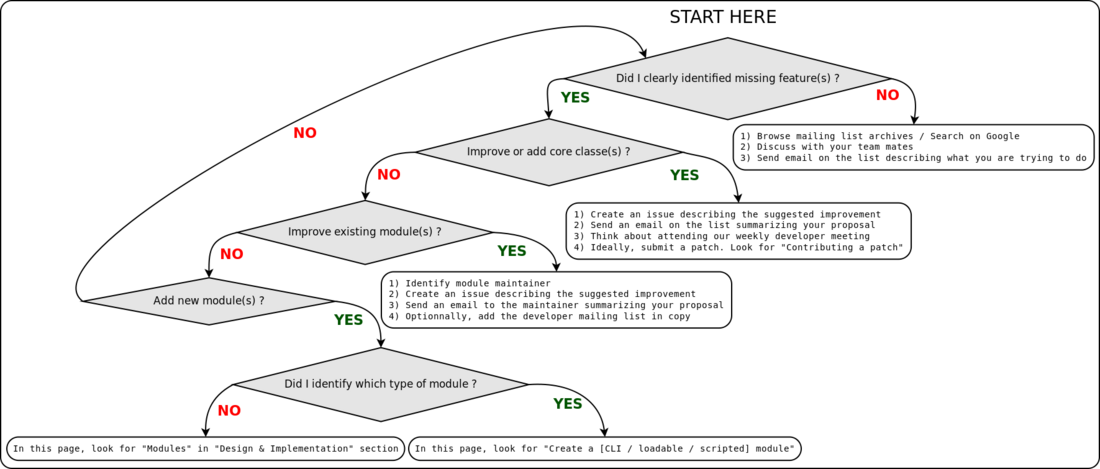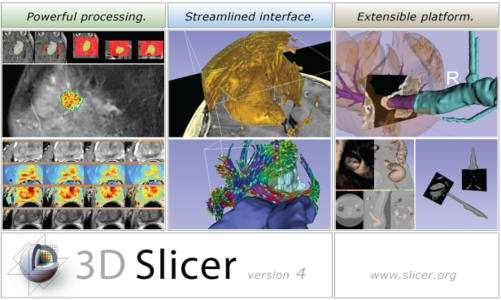Difference between revisions of "Documentation/4.1/Developers"
| Line 74: | Line 74: | ||
#: [[{{FULLPAGENAME}}/Modules#Scripted_Modules|Scripted module]] | #: [[{{FULLPAGENAME}}/Modules#Scripted_Modules|Scripted module]] | ||
#: [[{{FULLPAGENAME}}/EditorExtension|Editor effect]] | #: [[{{FULLPAGENAME}}/EditorExtension|Editor effect]] | ||
| − | # Bundle your module(s) into a Slicer extension | + | # [[{{FULLPAGENAME}}/Tutorials/BundleModulesIntoExtension|Bundle your module(s) into a Slicer extension]] |
# [https://github.com/jcfr/ExtensionsIndex/tree/24-ExtensionIndex-add-readme-file#readme Build, test, package and distribute extensions] | # [https://github.com/jcfr/ExtensionsIndex/tree/24-ExtensionIndex-add-readme-file#readme Build, test, package and distribute extensions] | ||
Revision as of 07:57, 15 June 2012
Home < Documentation < 4.1 < Developers
3D Slicer is a free open source extensible software application for medical image computing and visualization. Mainly written in C++ and based on the NA-MIC kit, 3D Slicer relies on a variety of libraries: VTK, ITK, CTK, CMake, Qt and Python.
To ensure the stability of the application, relying on a robust software process, the source code is compiled and tested on a daily basis on a variety of platform configurations. The testing results are summarized and reported using a web-based centralized CDash dashboard. Developers of 3D Slicer can also report issues on the open mailing list or using web-based bug tracking system.
3D Slicer consists of both a lean application core and modules offering specific functionality. The core implements the user interface, provides support for data input/output (IO) and visualization and also exposes developer interfaces that support extension of the application with new modules.
Three types of modules are supported: CLI, Loadable module and Scripted module. While the developer has to choose between one of the 3 types to implement its module, the end user won't notice the difference as they all share the same look & feel. The choice for a given type of module is usually based on the type of inputs/parameters for a given module.
These modules can be either built-in or installed on demand via the extensions manager.
Add or improve a functionality: Where to start ?
Developer references
Getting involved
Resources
|
Step by step - Develop a module or an extension
Build instructions
Design & Implementation
|
|


